Previous
Diamond 4C's
The Gemological Institute of America (GIA) created…
The anatomy of a diamond refers to its various structural and physical features. Understanding these components can help you appreciate the beauty and characteristics of this precious gem. Here's an overview of the anatomy of a diamond:
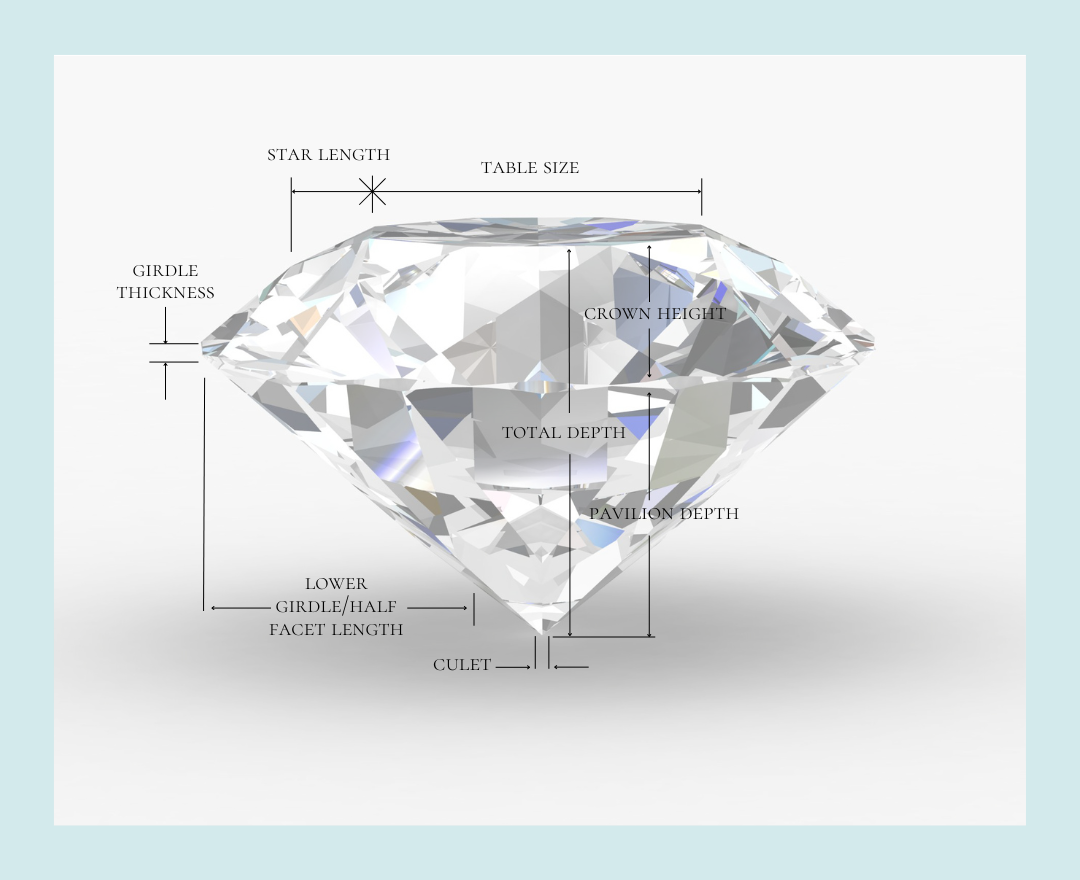
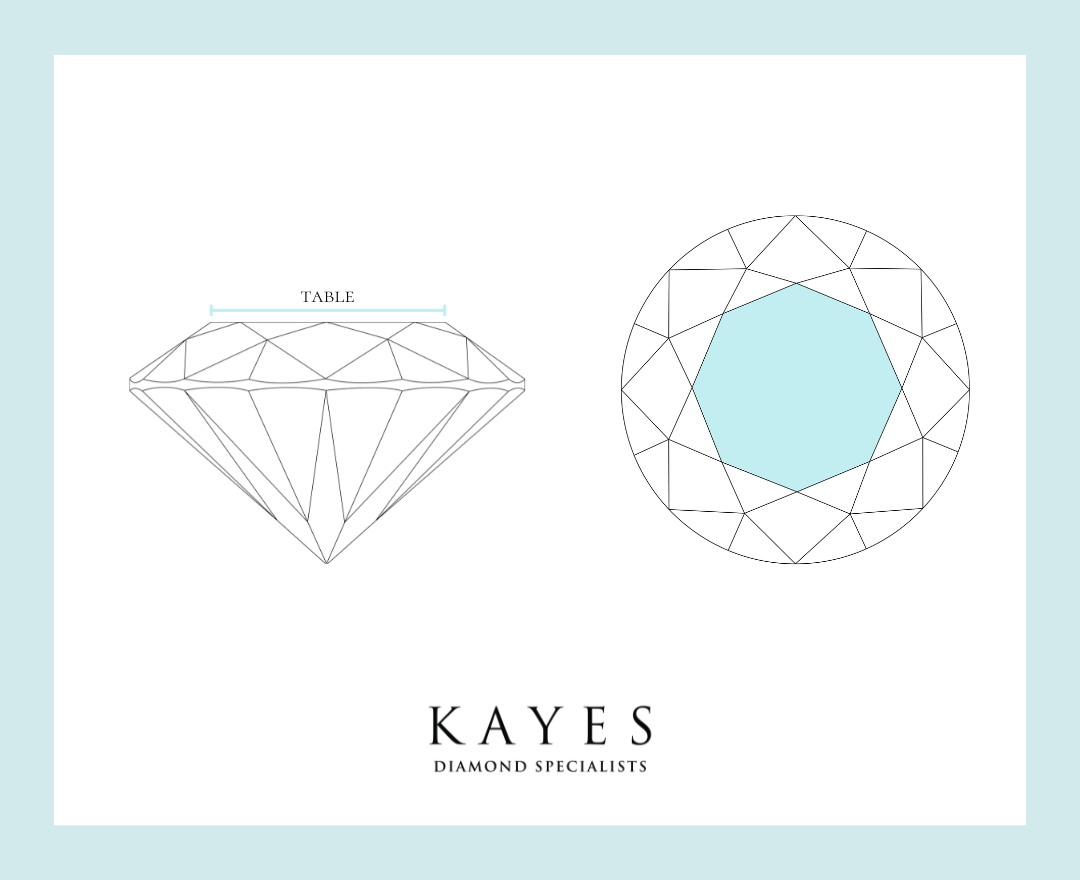
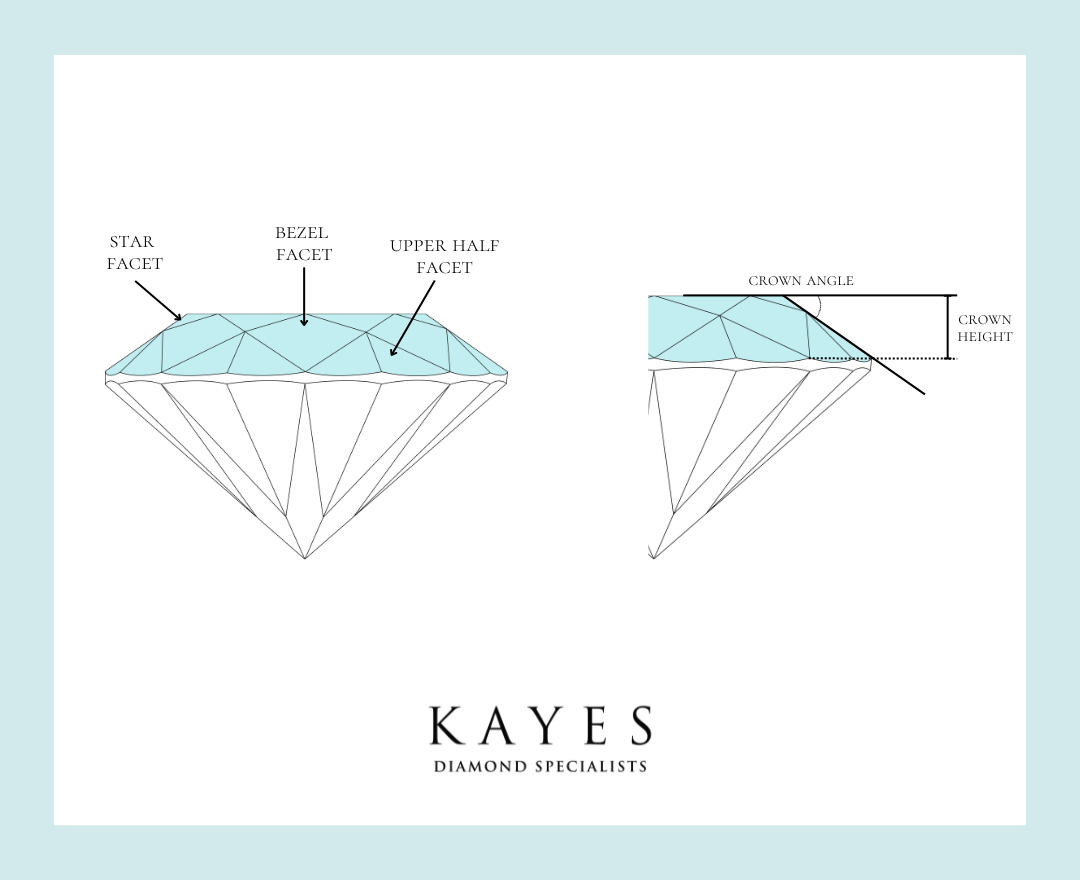
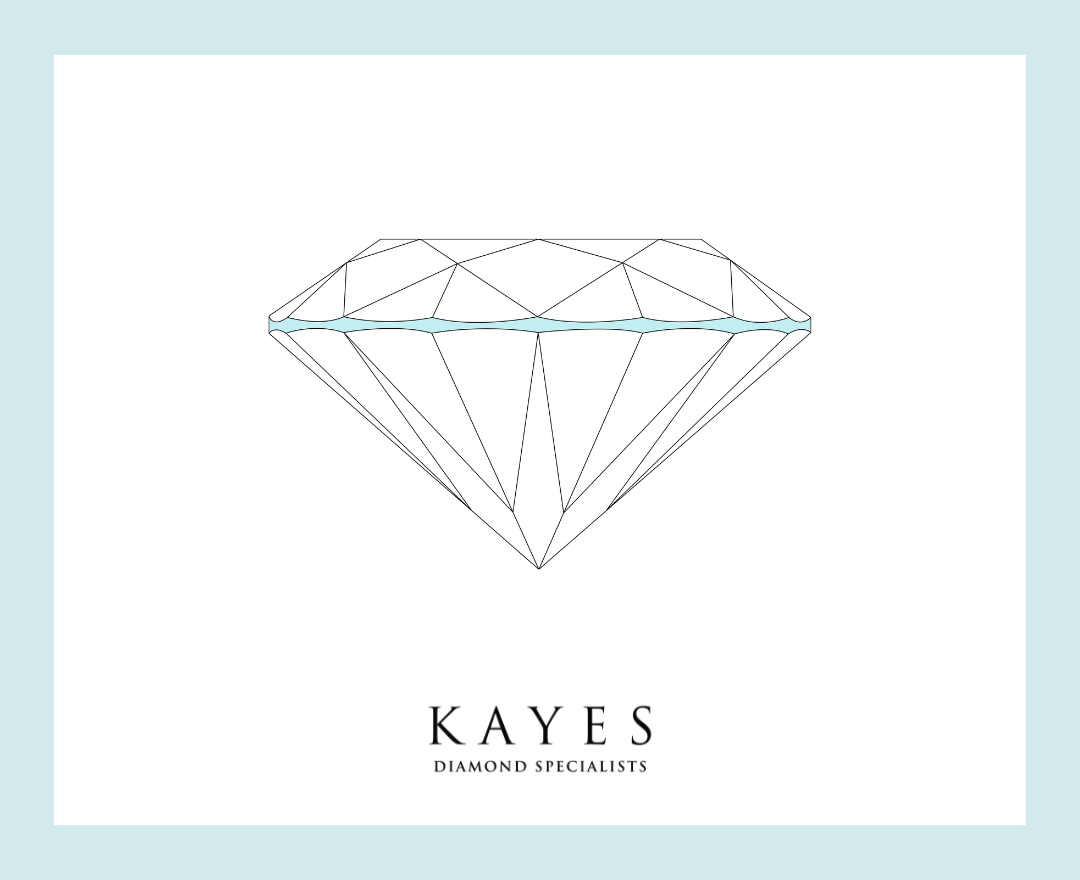
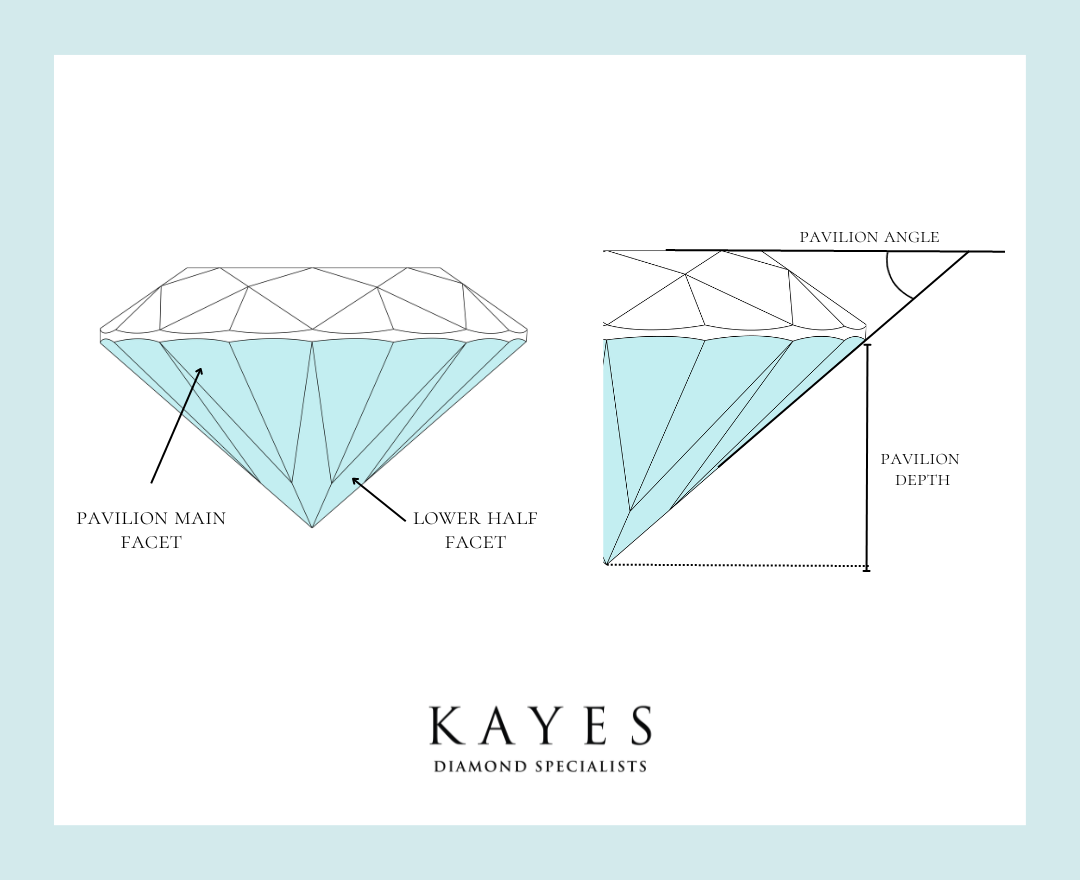
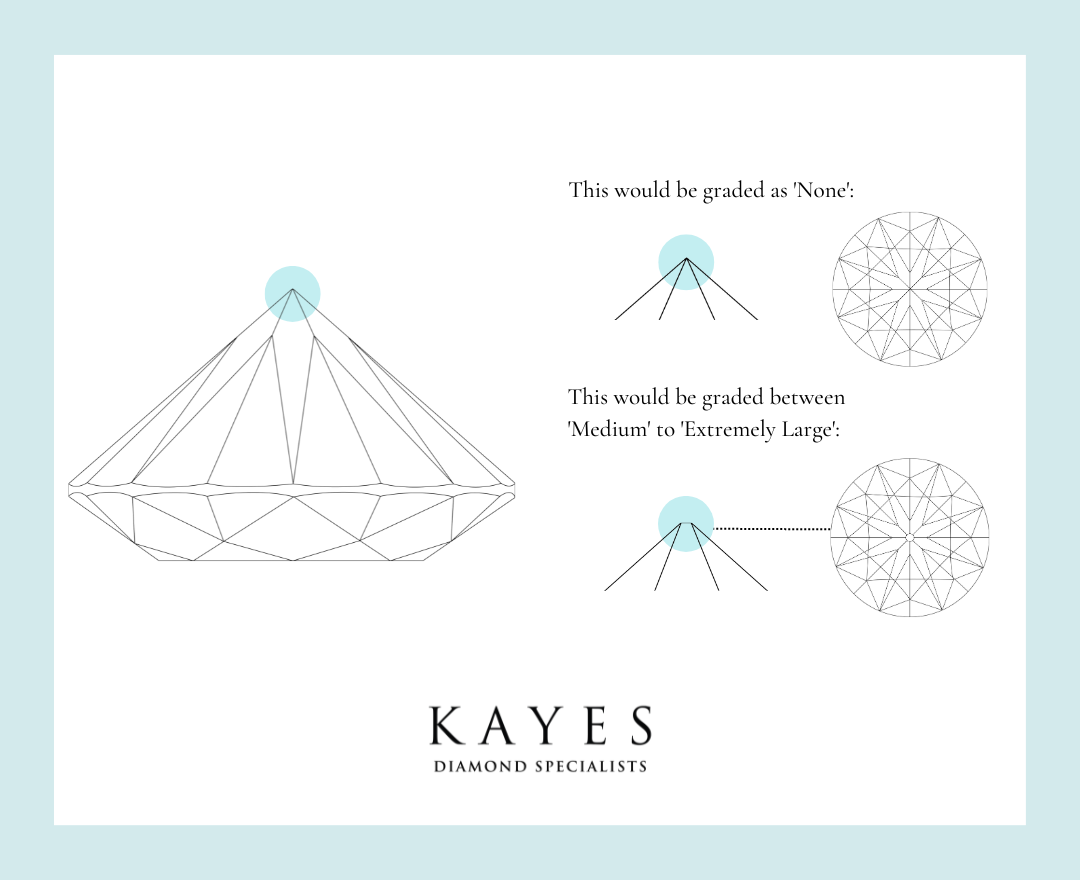
Book a diamond consultation at our Chester Showroom and sit down for a one-to-one appointment with a diamond expert.
During your appointment you will receive expert advice and guidance and will be able to closely examine diamonds that you have chosen from our extensive online diamond inventory. You will be able to learn what it is that sets individual diamonds apart and which one is most suitable for your unique engagement ring or fine piece of jewellery.
There's no obligation to buy and we can help you select the diamonds from our list so that when you turn up, you have suitable diamonds in front of you.